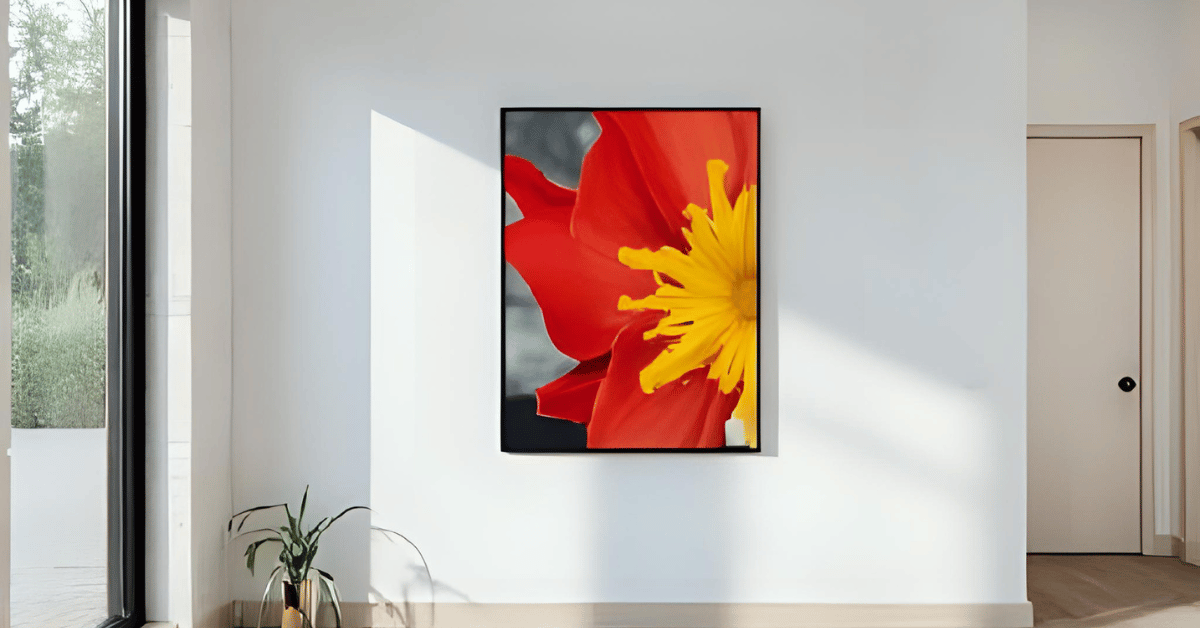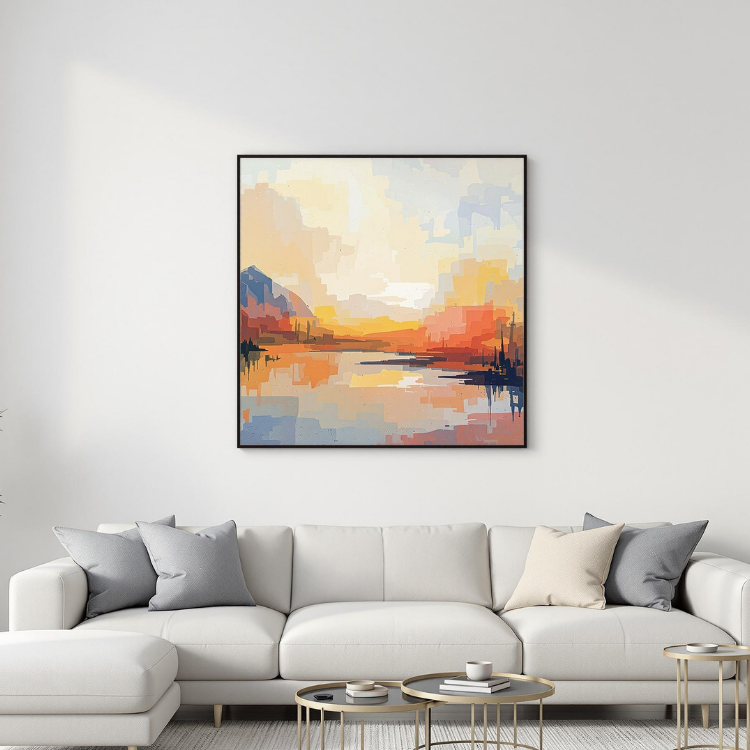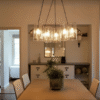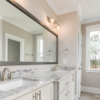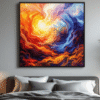Selecting the right artwork for a residential or commercial space is a significant step—but positioning that artwork accurately and safely on a wall is where true transformation begins. Wall art installation, when done properly, elevates the intended design without distraction or imbalance. It’s a process that blends spatial awareness, technical precision, and professional judgment. In this article, we’ll outline what makes wall art installation a distinct service requiring attention to detail and strategic execution.
Gulf Coast Installations, serving Naples and Ft. Myers, Florida, offers professional Samsung TV mounting and wall installation services. We ensure wall art and flat-screen TVs are installed with exactitude. For inquiries or booking, call (239)-682-1077. From framed photography to large-scale canvases, we manage every aspect of mounting and placement.
The Value of Professional Wall Art Installation
Businesses and homeowners frequently underestimate the technical nature of wall art installation. They may assume that a simple nail or a store-bought hook will suffice. However, weight distribution, wall type, artwork material, and viewing angle are critical considerations. Poor placement can diminish the aesthetic, create visual dissonance, or worse, damage the wall or artwork itself.
A qualified installer recognizes how to navigate these variables with proper hardware and spacing methodology. For instance, a concrete wall requires a far different installation approach than a drywall surface. Overlooking these differences often leads to insecure mounting, misalignment, or accidents down the line.
Understanding the Art-to-Wall Relationship
Before any tool touches a wall, the relationship between the artwork and its environment must be assessed. An installation expert doesn’t just look at where the piece fits but where it contributes to the room’s balance.
A few key evaluations include:
- Room lighting: natural vs artificial
- Wall material: drywall, plaster, concrete, or tile
- Viewing height: standing or seated perspectives
- Furniture proximity and spacing
These elements define the exact positioning and support hardware required. Incorrect assumptions can result in crooked placement or an off-centered display that throws off an entire room’s design language.
Precise Measurements and Placement Calculations
Installing wall art isn’t guesswork. It involves straightforward, practical math. Measurements start at eye level—typically 57 to 60 inches from the floor to the artwork’s center. But height isn’t the only dimension to evaluate.
Installers also calculate:
- Artwork width vs wall width
- Distance between grouped frames or pieces
- Clearance from ceiling, furniture, and other structural elements
- The exact centerline for symmetrical walls or architectural features
Professionals use levelers, laser guides, and stud finders—not intuition—to ensure art sits cleanly and securely. Measuring twice and installing once isn’t just a mantra, it’s a safeguard against misaligned outcomes.
Types of Wall Art Installation and Their Requirements
Different types of art require different installation methods. From shadow boxes and canvas wraps to metal sculptures and textile hangings, each material presents unique challenges.
Canvas and Framed Art
- Uses D-rings, wire, or cleats depending on size and weight
- Requires spacing adjustments for grouped series or diptychs
- Needs alignment tools to level multiple works in a row
Heavy Mirrors and Glass Frames
- Demands wall anchors or toggle bolts for weight distribution
- Often requires two technicians for handling and placement
- May need specialty hooks or backing plates for additional support
Sculptural Wall Pieces
- Mounting hardware is often custom-fitted to each piece
- Needs analysis of wall structure and reinforcement
- Irregular shapes mean more frequent use of templates and anchors
Wall Composition and Hardware Compatibility
Not all walls are created equal. The wall’s material dictates the hardware and methods used during wall art installation. Choosing the wrong approach can cause long-term issues including wall cracking, structural damage, or art detachment.
- Drywall: Works well with anchors, but only if weight limits are respected.
- Plaster: May require pre-drilling and screw anchors to avoid crumbling.
- Brick or Concrete: Demands masonry screws or expansion anchors, along with impact drills.
Professional installation teams carry all the tools and hardware to accommodate every wall type—ensuring stability regardless of conditions.
Avoiding Common Installation Errors
Wall art placement has no room for error—literally. Misjudged angles, misaligned groupings, and unstable mounting all translate to a flawed presentation. Unfortunately, DIY attempts often overlook some of the most essential details.
Some frequent mistakes include:
- Using nails or hooks rated for less weight than the artwork
- Hanging frames too high, especially above furniture
- Ignoring leveling and optical balance
- Mounting directly over air vents or light switches
- Poor grouping of gallery walls with inconsistent spacing
A professional’s role is not just execution—it’s prevention. They identify these risks early and resolve them before damage or dissatisfaction occurs.
The Business Case for Professional Wall Art Installation
In commercial settings, from corporate offices to boutique hotels, wall art isn’t decorative—it’s strategic. Proper installation promotes branding, enhances customer impressions, and reinforces environmental professionalism. Moreover, commercial venues have liability concerns that make stability non-negotiable.
Professional installers provide:
- Compliance with local codes and safety regulations
- Appropriate use of commercial-grade mounting tools
- Scalable installation plans for multi-room or multi-floor projects
- Coordination with interior designers and brand managers
By outsourcing wall art installation, businesses save time and protect their investment—while ensuring consistent execution throughout all spaces.
How Wall Art Installation Elevates Home Interiors
In residential settings, artwork frames the tone of a living space. Whether it’s a minimalist single-piece display or a curated gallery wall, the art’s position directly affects room perception. Poorly installed art distracts, rather than completes a room.
Professional installers consider ceiling height, furniture scale, lighting shadows, and even wall paint tone when selecting placement points. Even simple tasks—like mounting a wedding photo above a fireplace—benefit from a trained eye and skilled hand.
Gulf Coast Installations works closely with clients to ensure every piece hangs just as envisioned. From Fort Myers to Naples, we treat each room as a canvas, not a construction site.
Wall Art Installation with Samsung TV Integration
A growing number of homeowners are integrating wall art with Samsung Frame TVs or floating TV walls. These hybrid installations must blend aesthetics with technical performance. It’s not just about hanging art—it’s about synchronization with electronics, lighting, and wall structure.
At Gulf Coast Installations, we specialize in Samsung TV mounting and can pair your screen with framed prints or dimensional accents that complement the layout. These installations demand accurate planning to hide cables, ensure cooling clearance, and maintain visual harmony.
FAQs About Wall Art Installation
How high should I hang artwork?
The standard is to center artwork between 57–60 inches from the floor. This aligns with average eye level.
Can I install art on a concrete or brick wall?
Yes, but it requires specialized hardware and tools. We use masonry-specific anchors and drills for secure mounting.
What’s the best way to hang multiple frames in a row?
Spacing consistency is critical. We recommend even spacing of 2–4 inches between frames, aligned using laser tools.
Can you install artwork above a fireplace or TV?
Yes, but heat and viewing angles must be considered. We assess all environmental factors before placement.
Do I need to be present during installation?
Not necessarily. We can work independently if clear instructions are provided, but on-site input helps ensure ideal results.
Ready to Hang? Let the Wall Art Installation Begin
Wall art installation isn’t just about making a space look better—it’s about executing a design vision with accuracy, safety, and professionalism. Whether you’re filling a gallery wall at home or a feature wall in a lobby, the process must reflect purpose, not improvisation.
Gulf Coast Installations delivers premium mounting services for both art and televisions, including Samsung Frame TV installation. Call (239)-682-1077 to schedule your installation. We proudly serve the Naples and Ft. Myers areas, and no job is too big or too small. When it comes to mounting or installing, our walls do the talking.

